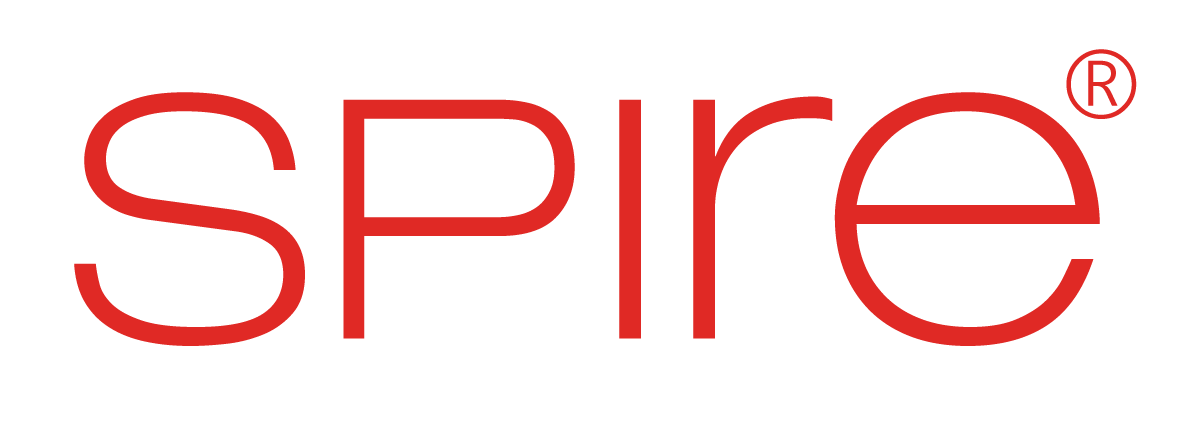Automated Role-Skill Mapping
What Is Role-Skill Mapping?
Role-skill mapping is the process of identifying, documenting, and aligning the skills needed for specific roles with the skills possessed by employees. This involves creating a visual representation, such as a chart or skills matrix, to highlight technical and soft skills within an organization. It helps organizations compare their current talent pool with the skills required to meet business objectives. Role-skill mapping is critical for workforce planning, employee development, and organizational agility.
Automated role-skill mapping leverages advanced technologies like AI to streamline this process. Platforms like Spire.AI automate skill identification, proficiency assessment, and alignment with roles, making the process faster and more efficient. Automation ensures accuracy while reducing the time and effort required for manual mapping.
Benefits of Automated Role-Skill Mapping
- Identify and Address Skill Gaps: Pinpoint missing skills and focus on targeted training and recruitment.
- Efficient Resource Allocation and Workforce Planning: Ensure the right talent is assigned to roles that align with business objectives.
- Employee Development and Career Progression: Provide tailored training paths to help employees visualize and achieve clear career paths.
- Succession Planning and Organizational Agility: Prepare employees for future roles while cultivating a workforce that adapts to change.
- Enhanced Employee Engagement: Empower employees by recognizing their strengths and leveraging skills for meaningful tasks.
- Increased Efficiency: Streamline decision-making with up-to-date skills data and insights for better talent management.
Role-skill mapping also supports skills-based hiring, ensuring recruitment decisions are focused on competencies rather than traditional credentials.
The Role-Skill Mapping Process – How It’s Done
The role-skill mapping process involves three key steps:
- Identify Role Requirements: Document the skills, knowledge, and abilities necessary for each role. Use job descriptions and project requirements as references.
- Assess Employee Skills: Evaluate current employee skills through self-assessments, manager evaluations, or automated tools. Create a visual representation, such as a skills matrix, to compare current capabilities with required skills.
- Analyze and Address Gaps: Identify mismatches between required and existing skills. Develop training programs, mentorship opportunities, or hiring strategies to close these gaps.
Automated platforms like Spire.AI enhance this process by analyzing large datasets, such as employee profiles and industry benchmarks, to generate insights quickly. These platforms also integrate with learning management systems (LMS) to recommend targeted training programs.
Why Is Role-Skill Mapping Important?
Role-skill mapping plays a crucial role in talent management and organizational success. Here’s why it’s important:
- Understand and Address Skill Gaps: Gain a clear view of skills across teams and proactively address weaknesses.
- Boost Employee Morale and Retention: Recognize skills and offer tailored growth opportunities to improve satisfaction and reduce turnover.
- Drive Organizational Goals: Align employee skills with business objectives to effectively utilize resources and achieve goals.
- Cultivate Organizational Agility: Prepare the workforce to adapt to shifting market demands and technological changes.
- Support Succession Planning and Career Development: Identify critical skills to develop a leadership pipeline and help employees visualize growth paths.
By centralizing skills data, role-skill mapping ensures organizations stay competitive and agile in today’s fast-changing business environment.
Conclusion
Automated role-skill mapping is essential for modern organizations striving to align talent with business goals. By identifying, documenting, and assessing skills, businesses can create a more agile, efficient, and engaged workforce. Tools like Spire.AI revolutionize this process by automating skills assessments, mapping, and gap analysis, ensuring organizations stay ahead in a competitive market.
With the right strategy and technology, role-skill mapping can unlock both employee potential and organizational success.

Don’t Let Outdated Frameworks Hold Your Organization Back
Harness Spire.AI to Build, Deploy, and Elevate Talent Effectively


